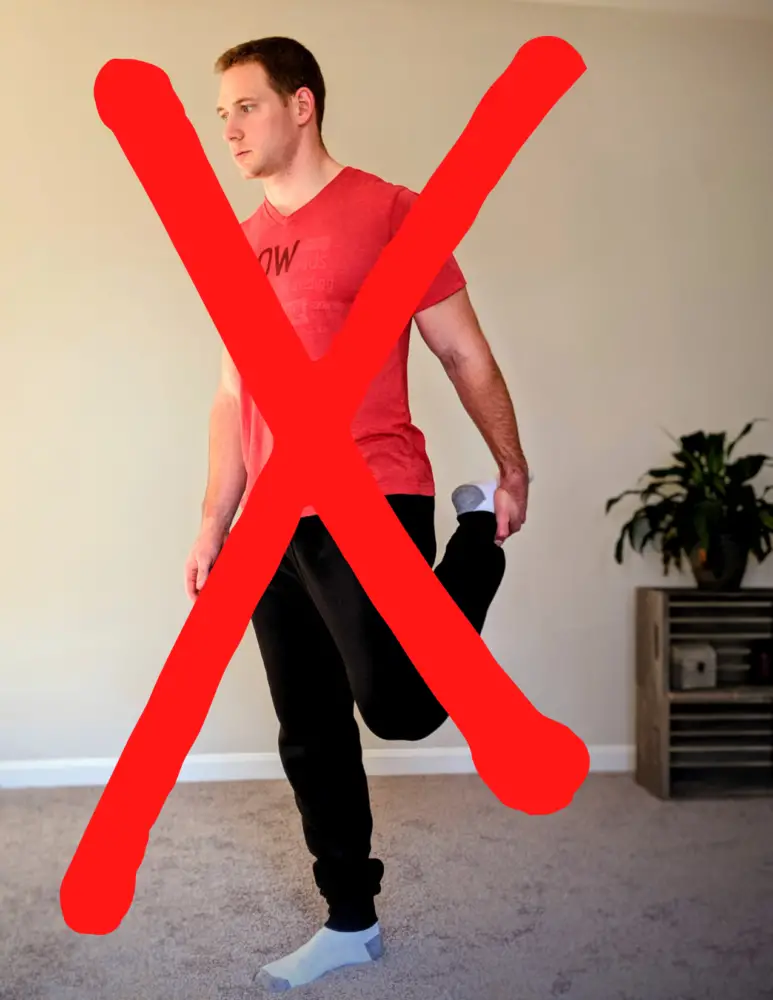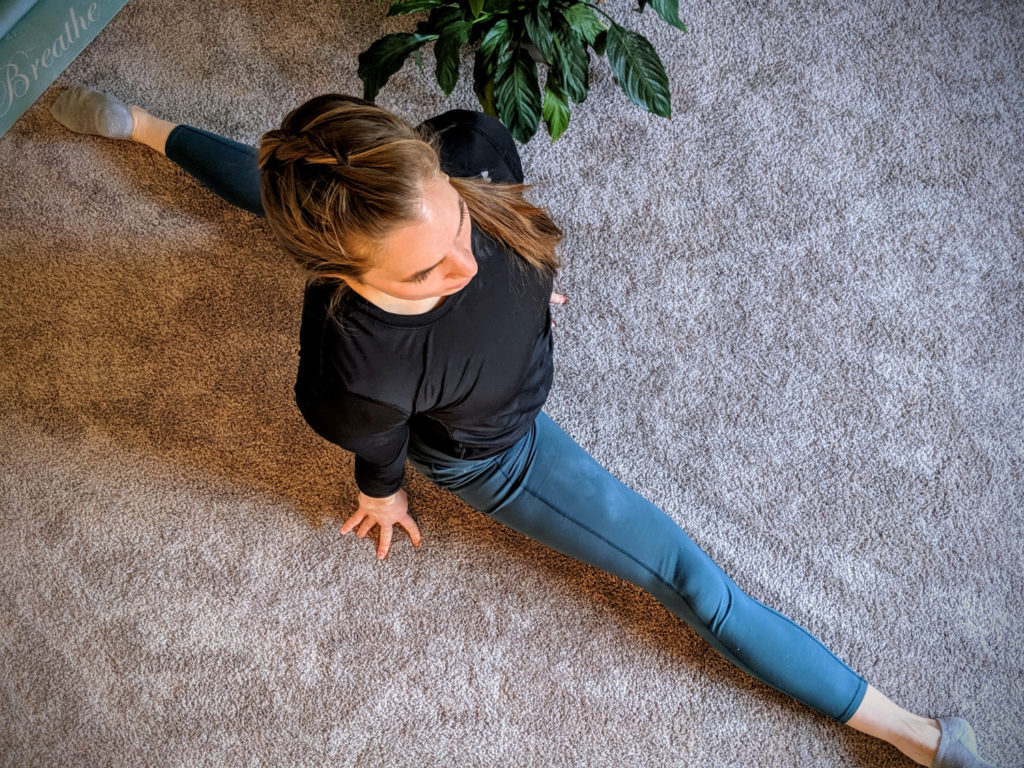Why is stretching important?
Since childhood, we’ve been told to stretch our muscles, or else.

As a kid, stretching my hamstrings was a patriotic duty. If I didn’t, how could I pass the Sit-and-Reach test and achieve Presidential Fitness? If my hamstrings weren’t limber enough, I would disappoint President Bush and the rest of America.
With all the emphasis on stretching, it must be key to fitness, health and longevity. Devastating injuries lie in wait, ready to prey on those who don’t stretch before running or lifting…right?
Wrong.
Science contradicts many common beliefs about stretching.
In this article you’ll learn 5 reasons stretching is overrated, and what to do instead. To be clear, I’m talking about static stretching (holding one position for 15, 30, 60 seconds). Yoga, dynamic warmups, and mobility work have their place. But that’s for another day.
1) Stretching Harms Performance
A myriad of studies describe worse physical and athletic performance immediately after prolonged static stretching. Stretching your muscles before lifting or running can be counterproductive. Stretching for more than 90 seconds harms performance the most (1).

In contrast, a dynamic warmup may actually improve speed, power and performance (1). If you really want to stretch, consider gentle, short-duration stretches. Or save your static stretching for after the workout.
2) Stretching Does Not Reduce Injury Risk
Surprised? Stretching has long been touted as essential to avoiding injury. It’s hyped as the cure for any ache and pain. And lack of stretching is usually blamed for injuries in the first place.
But stretching doesn’t reduce injury risk.
Or at least not much (2,3). Sad, I know. But there’s good news! “One weird trick” slashes injury risk by 68%! (more on that in #4).
3) Stretching Does Not Lengthen the Muscle
Yes, you read that right. Most studies didn’t find significant changes in muscle length after a static stretching program (4). However, it’s well-documented that flexibility improves with stretching.
How is this possible?
After regular static stretching, we tolerate it better. Our muscles are the same length, but they are less guarded, permitting more motion.

So, stretching can help us get into those tough positions, like a deep squat or a split. But if you’re trying to get that “tight” muscle to loosen up? Stretching might not be the answer.
4) Stretching Takes Time
Consider the opportunity cost: stretching pulls time away from valuable activities like strength training, conditioning and sport-specific practice. Evaluate whether stretching is giving you enough benefit for the time invested.
15 minutes of stretching is 15 minutes not spent squatting or sprinting or shooting free throws.
If you can dedicate 5 hours a day to your fitness, or if your sport requires tons of flexibility, (gymnastics, figure skating, cheer, etc.) stretch away! Otherwise, focusing elsewhere may be more efficient and get you to your to goals faster.
The “one weird trick” to reduce injuries? Strength training (5). It reduces injuries by 41% to 68%! (6,7,8)
New to lifting? Get started with these popular science-based books.
One for the guys here: Bigger Leaner Stronger
And one for the ladies: Thinner Leaner Stronger
5) Stretching Worsens Hypermobility
Mobility is a spectrum: hypermobile (very flexible) people are prone to certain types of injuries (9,10). If you’ve gone viral for “unbelievable shoulder dislocation trick”, stretching might not be for you. Stretching will further increase your mobility, elevating your risk of injury.
On the other hand, if you’re stiffer than a $2 steak, stretching can enhance your ability to tie your shoes or pull on a jacket. But if your flexibility is normal or above-average, consider allocating your training time elsewhere.
Strength training, aerobic training or sport-specific training will probably help you more than static stretching.
Summary
Despite its wild popularity, stretching doesn’t live up to the hype. It reduces athletic performance, and it doesn’t lengthen muscles or reduce injury risk. It’s less valuable than other fitness activities and it can elevate injury risk for flexible people.
And (as I know now) you can still be a patriot without stretching.
Readers: Which of the 5 reasons surprised you most? What’s your take on stretching? Let me know in the comments.
For more evidence-based insights you won’t find anywhere else, join the free Facts & Physio Newsletter. Plus, get The Recovery Checklist when you sign up.

